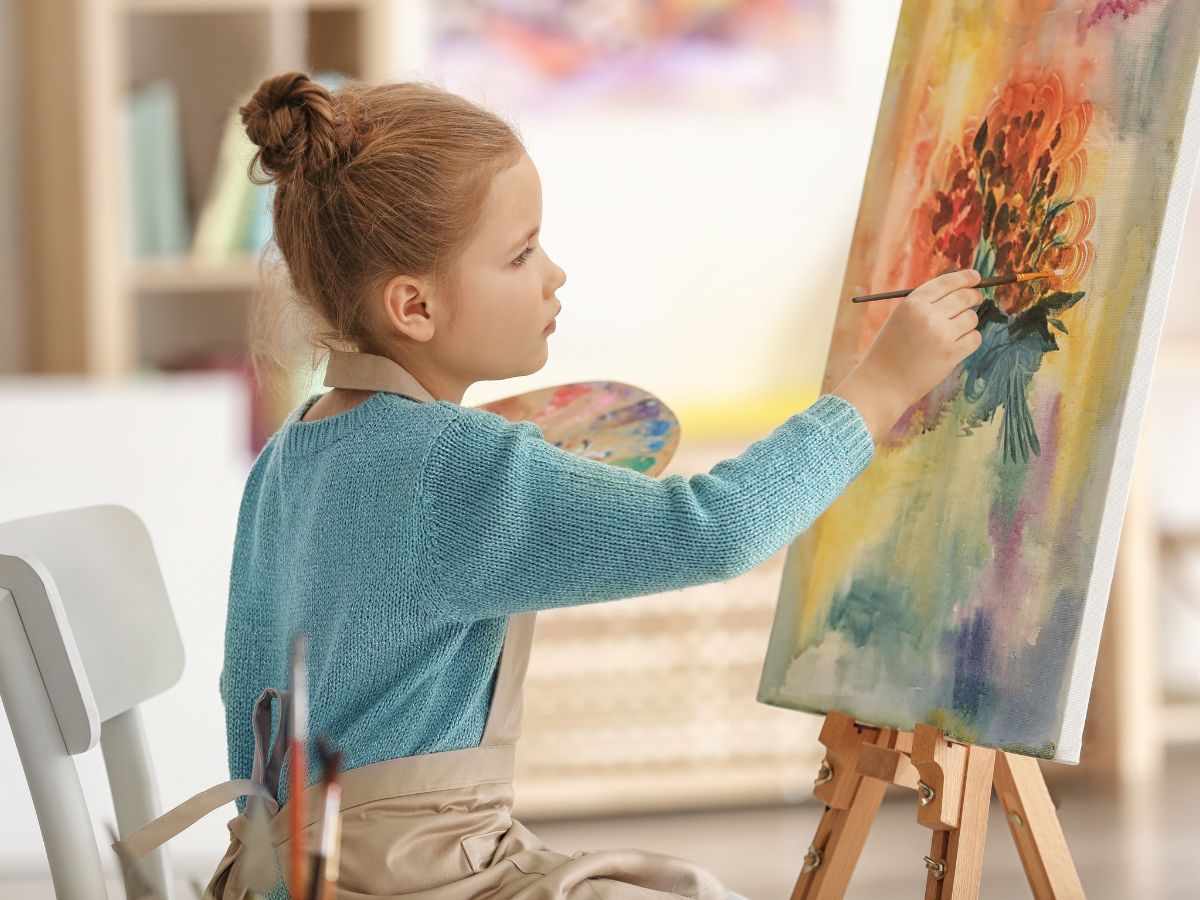
Canvas for Kids: Inspiring Young Artists with Custom-sized Art Projects
Introducing children to canvas painting offers a unique opportunity to nurture their creativity and self-expression. Using custom-sized canvases can make art projects more engaging and tailored to young artists’ needs. Here are some great ideas for teachers and parents to inspire children:








